Crime Analytics and the Role of Dynamic Simulation Models
Nick Malleson
School of Geography, University of Leeds
nickmalleson.co.uk
These slides: http://surf.leeds.ac.uk/presentations.html
Crime Research in Leeds



N8 PRP
A collaboration between the N8 (8 research-intensive universities in the north of England), 12 police forces, and others
Policing Data Analytics
support data sharing, analysis and use
Overview
Dynamic Simulation - Agent Based Modelling
Simulating Burglary
Predictive Intelligent Policing
Ethical Implications
Agent-Based Modelling (ABM)
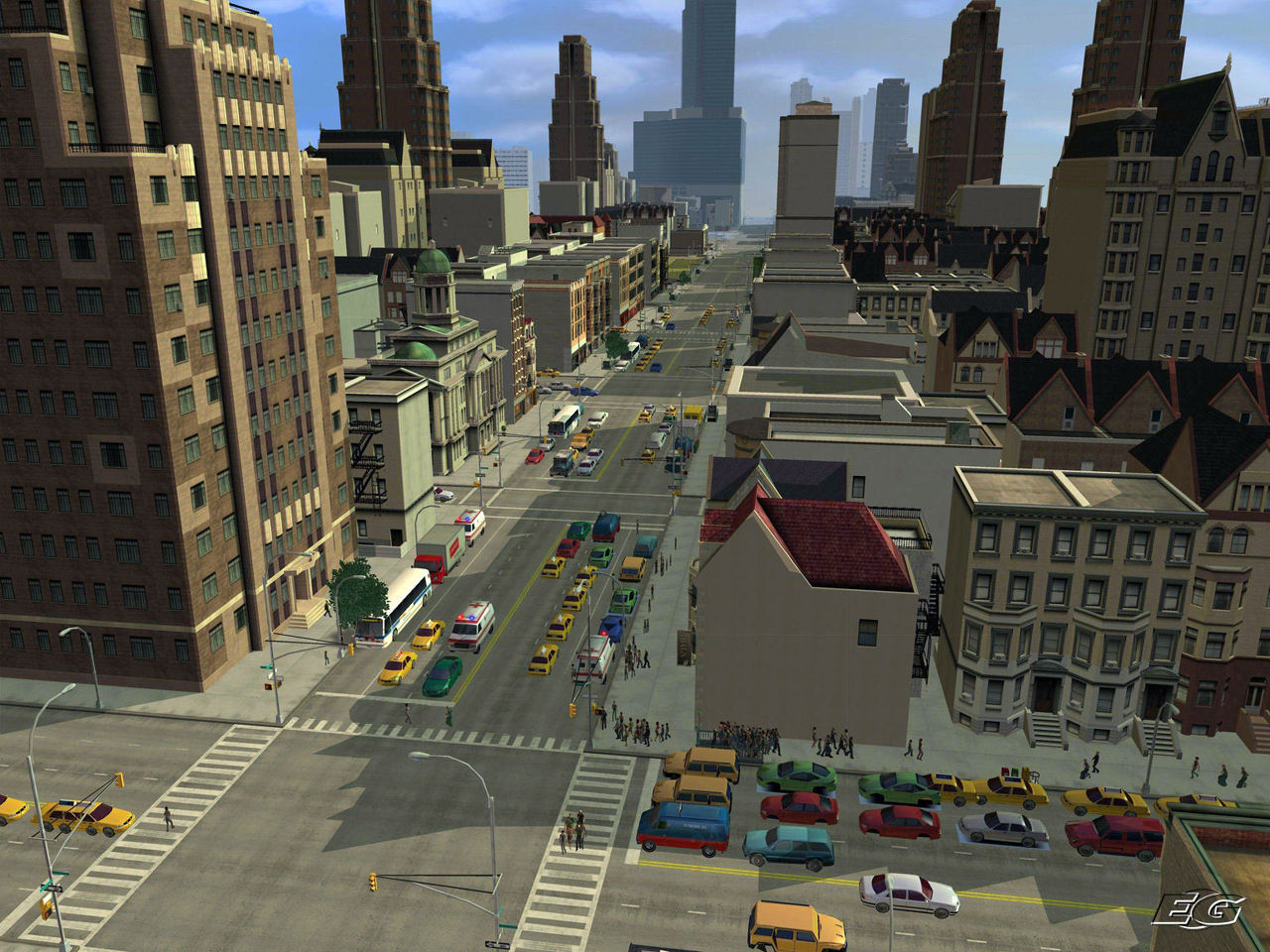
Create an urban (or other) environment in a computer model.
Stock it with buildings, roads, houses, etc.
Create individuals to represent offenders, victims, guardians.
Give them backgrounds and drivers.
See what happens.
ABM Example - Burglary
Agent-Based Modelling - Appeal

Modelling complexity, non-linearity, emergence
Natural description of a system
Bridge between verbal theories and mathematical models
Produces a history of the evolution of the system
Agent-Based Modelling

Both!
Difficulties:
Stochasticity
Computationally expensive (not amenable to optimisation)
Complicated agent decisions
Lots of decisions!
Multiple model runs (robustness)
Modelling "soft" human factors
Need detailed, high-resolution, individual-level data
ABM Explanatory Example (Birks 2012)
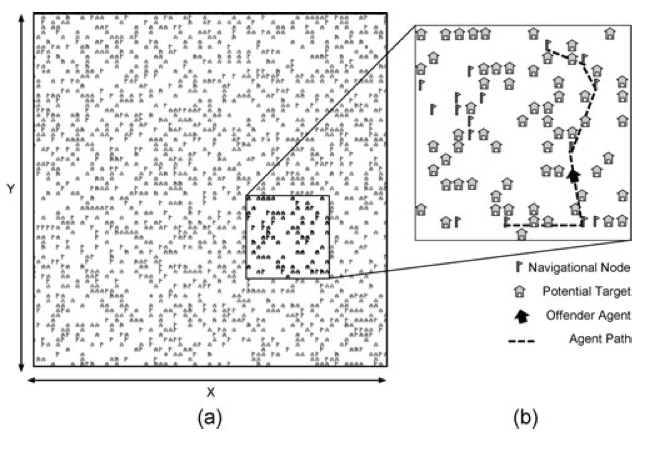
Explanatory: exploring theory
Randomly generated abstract environments
Theoretical 'switches'
Rational choice perspective
Routine activity theory
Geometric theory of crime
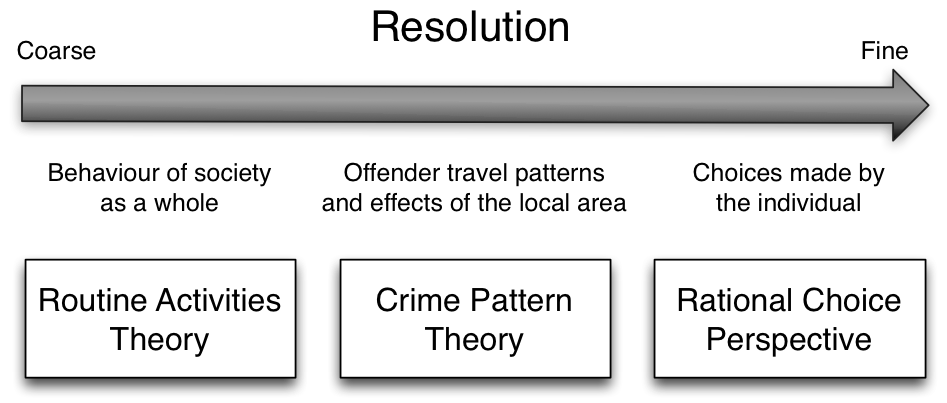
Validation against stylized facts:
Spatial crime concentration
Repeat victimisation
Journey to crime curve
ABM Predictive Example
Predictive: exploring the real world
ABM to explore the impacts of real-world policies
Urban regeneration in Leeds
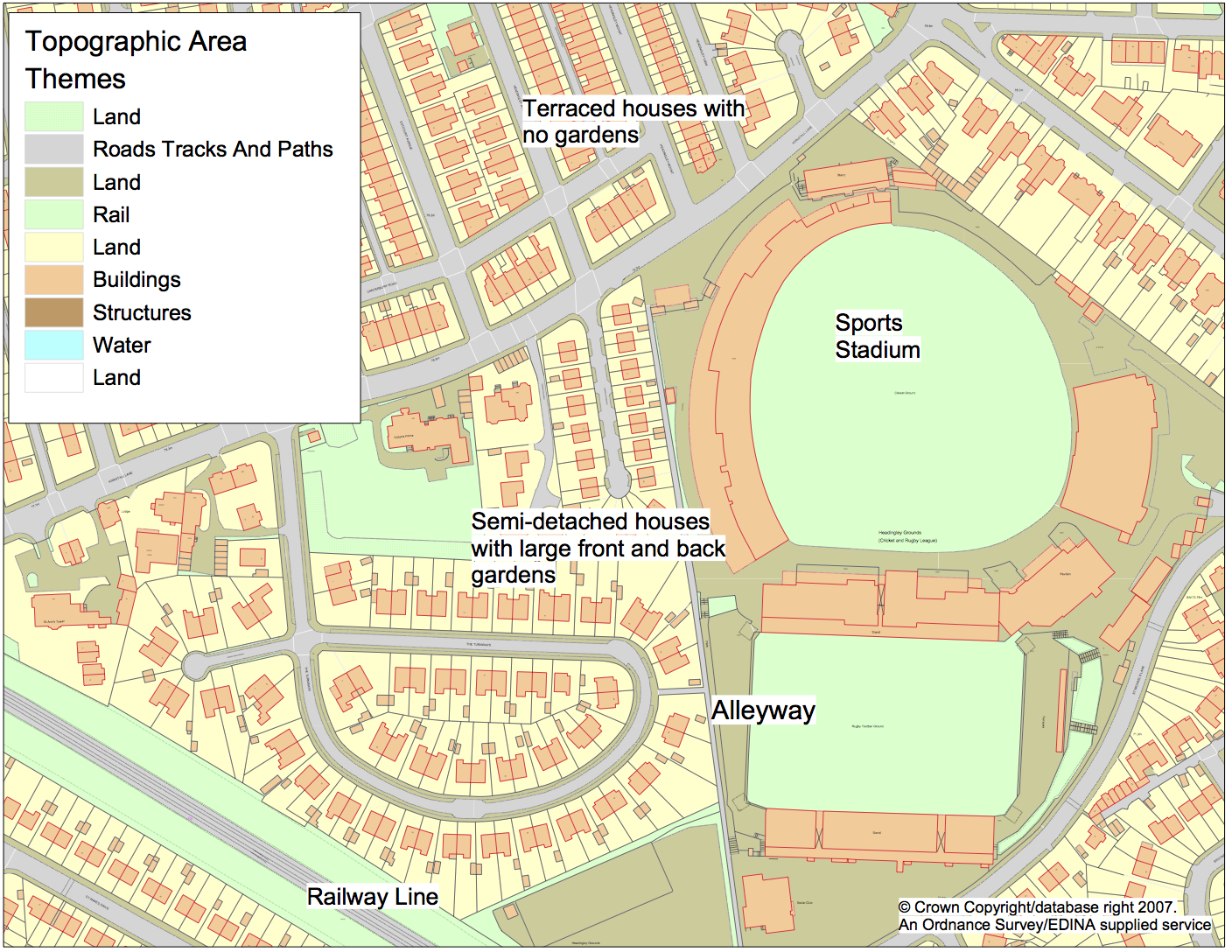

ABM Predictive Example
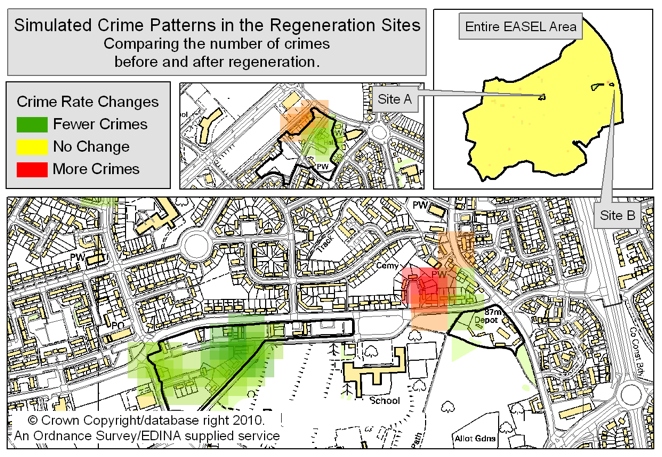
ABM Burglary Results
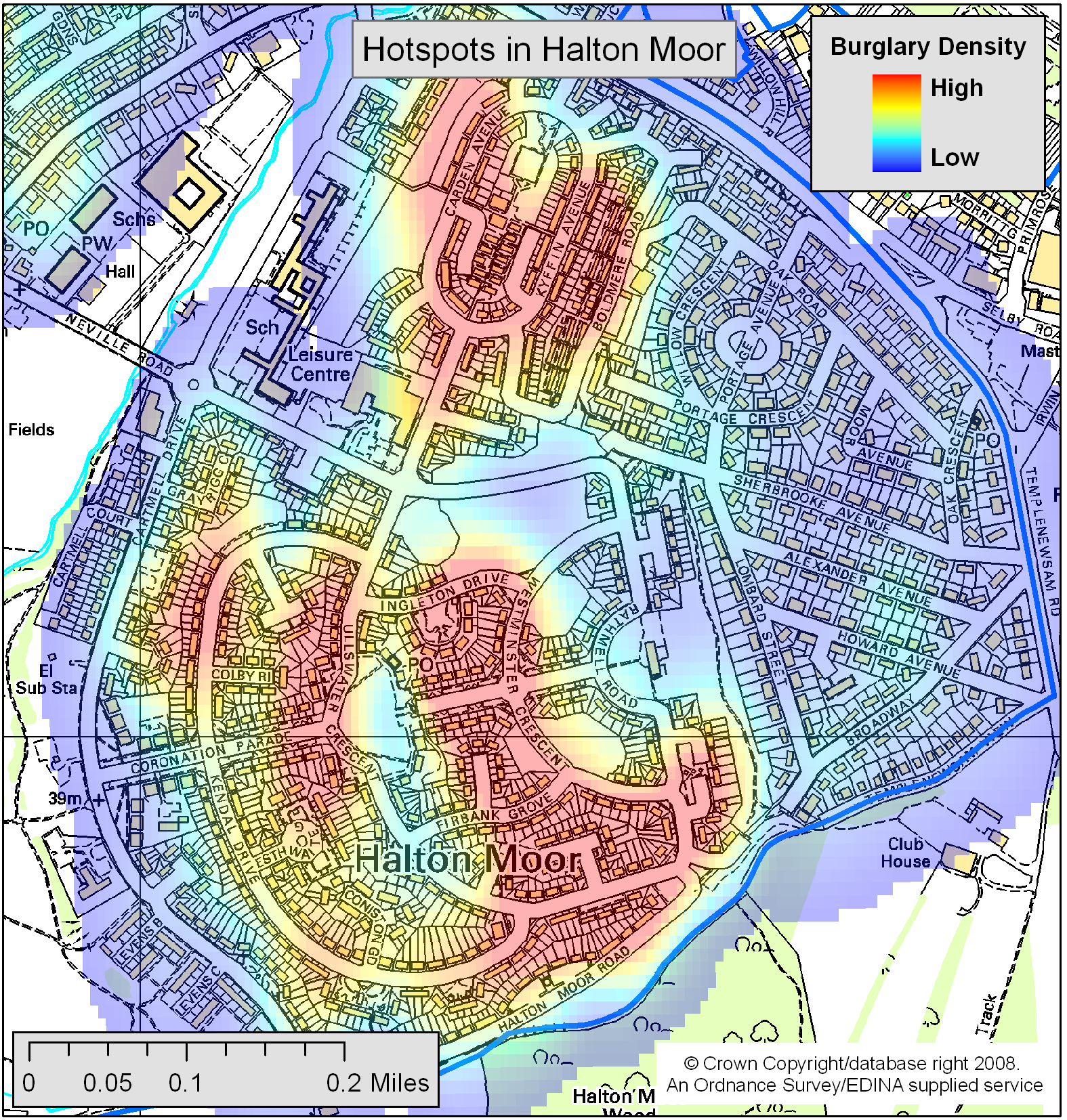
Ethical Implications

This is not minority report!
We can't (and wouldn't want to!) predict when/where/who will commit a crime.
Academics have a role to set the boundaries on what is ethically acceptable
Dynamic simulation models have great potential, we need to make the case that they can be used responsibly
Particularly relevant in the 'big data' / 'smart cities' era
Predictive Intelligent Policing
This is not predictive policing
It could be, in the future, maybe, but not yet
This is a useful tool for exploring the crime system.
It might lead to a better understanding of:
How different behavioural characteristics (offender, victim, or guardian) influence crime outcomes
How the physical infrastructure can be organised to discourage crime
How patrol routes might be most effective in circumstances
Etc.